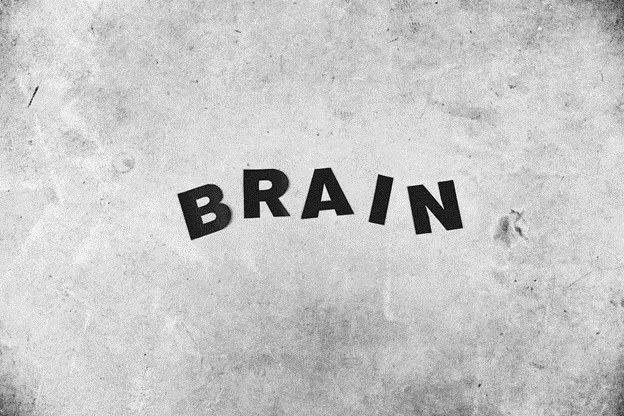
Assertiveness is a fundamental communication skill. It is essential to express more confidently. Being assertive helps you voice your views while respecting the beliefs and rights of those you engage with. It’s more of knowing what to say, when, who to say it to, and for the right reasons.
Assertive communication emphasizes being respectful and direct to the point. Practice communicating assertively to boost your self-esteem, earn respect from others, and improve your mental health. Uncover the primary techniques for assertiveness teaching in 2024.
What is Assertiveness Training?
Assertiveness training is a behavioral therapy. It trains you in effective communication. Mastering assertive skills helps you to express your needs, thoughts, and feelings in a respectful approach.
Assertive teaching combines role-playing scenarios, practical exercises, and theoretical education. These skills help you to establish confidence, professional interactions, and navigate social skills.
1. Role-Playing for Effective Training
Role-playing is a critical technique for training assertiveness. It offers a regulated opportunity to practice assertive communication in supportive and organized settings. Role-playing involves facilitators and trainers creating environments for interpersonal situations. These are resolving disagreements with colleagues, asking for a pay raise, and providing constructive feedback.
You assign participants roles within the scenario, including aggressive counterpart, assertive communicator, and passive counterpart. The participants should approach the scenario based on the given role. The assertive communicator uses assertive communication techniques such as boundary setting and expressing needs.
Role-playing facilitators provide feedback on the performance of the communicator. Acknowledge best performers and offer suggestions to improve their communication skills.
2. Behavioral Rehearsal

Behavioral rehearsal is an effective strategy for training assertiveness skills. These techniques help learners to practice assertive behaviors in a well-structured environment. In this type of assertive training, facilitators work with participants to uncover specific assertive behaviors. The trainer might look for behaviors such as saying no, making requests, expressing feelings, and setting boundaries.
Trainers demonstrate the required behaviors by providing clear examples and through modeling. The facilitator will offer instructions on key assertive behavioral components such as choice of words, tone of voice, and body language. The participants practice assertive behaviors to help them master those skills. A feedback and reinforcement session follows the training session. You will inform the participants about their performance, ensuring you highlight core strengths and areas needing improvement.
Engage participants in a positive reinforcement session to encourage progress and help in building their confidence. Encourage participants to rehearse the assertive behaviors in varied contexts and scenarios. Repetition lets you solidify your skills and familiarize yourself with the communication techniques.
3. Cognitive Restructuring

You can also use the cognitive restructuring technique to train assertiveness. It is a powerful strategy for addressing underlying thoughts and beliefs that lead to ineffective communication patterns. Use this strategy to help participants uncover those irrational and negative beliefs they hold about others and themselves. These negative beliefs may manifest as fear of rejection and self-doubt.
After identification, challenge these beliefs, factoring in any supportive evidence. You can help the participants to underscore the distorted thinking patterns caused by such beliefs. Also, it enables learners to generate alternative and more rational thoughts, which support assertive behaviors.
Test the new beliefs using behavioral experiments with real-life practices. Engage your participating teams in assertive behaviors, enabling them to hold onto their new and empowering beliefs. Encourage the participants to reinforce the new beliefs through self-reflection, positive self-talk, and self-affirmations.
4. Self-Reflection Exercises
Self-reflection exercises enlighten participants about their communication style. The technique helps you identify areas participants should improve on while coaching them to boost self-awareness. You can combine self-reflection activities such as guided reflection exercises, journaling, and self-assessment questionnaires.
Design and implement effective questionnaires and inventories to measure interpersonal skills, assertiveness, and communication. Use journals to record assertive experiences, thoughts, and feelings.
Additionally, trainers can guide participants through structured reflection exercises such as guided imagery, visualization, and mindfulness practices. These activities enable a participant to explore their assertiveness-related emotions, behaviors, and beliefs.
Several other training practices can make the coaching process simplified. Encourage those in attendance about active listening, assertive expression, conflict resolution, saying no, and non-verbal communication.
5. Group Discussions and Support

Another effective strategy for training people on assertiveness is through group discussions and support. Create an environment for participants to share experiences, receive encouragement, and learn from other participants. These groups offer participants a chance to share their experiences on assertiveness. They can give views about the challenges they experienced and their success stories. Sharing assertive experiences encourages camaraderie and motivates people to share their struggles.
Group discussions enable participants to learn the perspectives and insights of other group members. Leverage assertiveness approaches and viewpoints of other participants to broaden your knowledge of assertive communication. Additionally, you can learn new assertive strategies to apply in your everyday life. You can offer participants advice and feedback to improve their problem-solving skills.
Assertiveness Training Techniques for Success
Training on assertiveness comprises varied techniques to empower participants to communicate more confidently. These training sessions help you express your needs, keep boundaries, and establish healthier relationships. You can achieve maximum success through self-reflection exercises, role-playing, cognitive restructuring, group discussions, and behavioral rehearsal. These techniques help you to cultivate self-awareness, challenge negative beliefs, and practice assertive behaviors in a more controlled environment.

Jessi is the creative mind behind The Coffee Mom, a popular blog that combines parenting advice, travel tips, and a love for all things Disney. As a trusted Disney influencer and passionate storyteller, Jessi’s authentic insights and relatable content resonate with readers worldwide.
